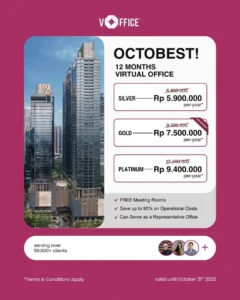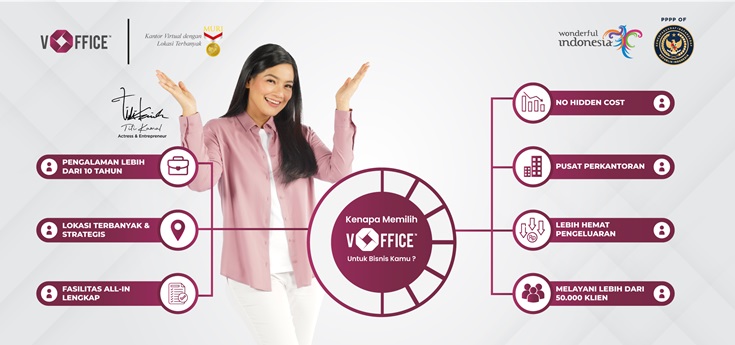What Is SPT Masa PPh Unification?
SPT Masa PPh Unification is a Periodic Income Tax Return that combines the reporting of several types of PPh withholding into one form or reporting document. This is an innovation by the Directorate General of Taxes (DJP) to simplify tax administration processes, especially for tax withholders such as companies or institutions.
Previously, each type of PPh (such as Article 21, 23, and 26) had separate reporting forms. Now, through the e-Bupot Unification system, all withholdings can be reported together in one report.
Also Read: How to Easily and Quickly File Your Annual Tax Return
Legal Basis for SPT Masa Unification
The implementation of SPT Masa PPh Unification is officially regulated under:
PER-23/PJ/2020 regarding the Form and Procedure for Submitting the Unified Periodic Income Tax Return.
This regulation stipulates that tax withholders are required to submit the Unification Tax Return electronically, except in certain cases where manual submission is still permitted (e.g., system disruptions).
Types of PPh Included in the Unification
The SPT Masa PPh Unification covers several types of income tax withheld by third parties, including:
Article 21 PPh – On employee income.
Article 22 PPh – On import activities and the sale of certain goods.
Article 23 PPh – On income from services or capital, such as royalties or rent.
Article 26 PPh – On income earned by foreign taxpayers.
Other withholdings as regulated by the DJP.
Also Read: Penalties for Not Reporting Assets in Your Tax Return
How to Report a Unified Tax Return
Reporting is done through the official e-Bupot Unification application available on DJP Online or partner software designated by the DJP. General steps include:
Login to DJP Online.
Select the e-Bupot Unification menu.
Enter tax withholding data based on type and month.
Upload withholding receipts (if any).
Submit and save the Electronic Receipt (BPE).
Benefits of Unified Tax Return
Time Efficiency: No need to file separately for each article.
Data Integration: All data in one system, simplifying reconciliation.
Improved Compliance: Lower risk of reporting errors.
Easier Audits: For both DJP and taxpayers, data is more transparent and traceable.
Who Is Required to Report?
Taxpayers who withhold or collect PPh, such as:
Companies
State-Owned Enterprises (BUMN)
Government Institutions
Non-profit organizations with tax withholding obligations
Also Read: Understanding Periodic Income Tax Return Article 21
If you need assistance with tax management in Indonesia, you can rely on tax consultancy services from vOffice. Our team can assist you with various tax-related matters, including:
- Accounting services, financial report preparation, and tax reporting
- Payroll Management and Processing Services
- PKP Registration Services in Jakarta and Surrounding Areas
Get a FREE consultation now and enjoy special offers!
FAQs About SPT Masa PPh Unification
1. Does unified reporting replace previous manual reporting?
Yes, for certain taxpayers, unified reporting replaces separate forms and must be submitted electronically.
2. Can e-Bupot Unification be used for all types of taxes?
No. e-Bupot Unification is only for reporting certain types of PPh withholdings, such as Articles 21, 23, and 26.
3. What if I input incorrect data in e-Bupot Unification?
You can make corrections to the SPT Masa PPh Unification in accordance with the applicable regulations.
4. What are the penalties for not submitting the Periodic Tax Return?
Taxpayers may be subject to administrative fines and potential audits or additional sanctions in accordance with the Tax Administration Law (UU KUP).










